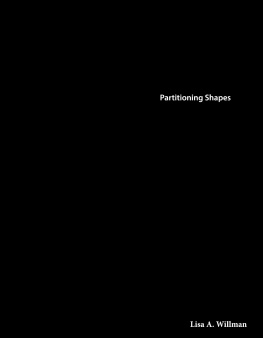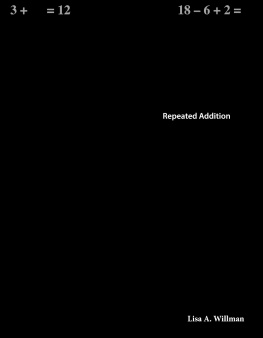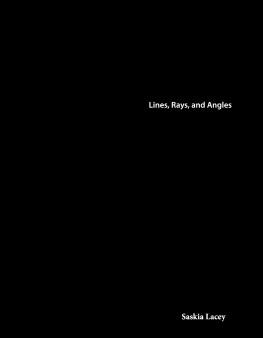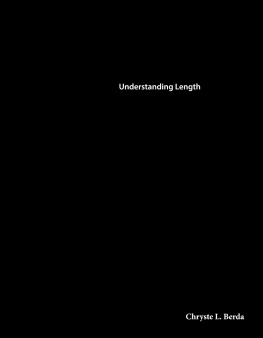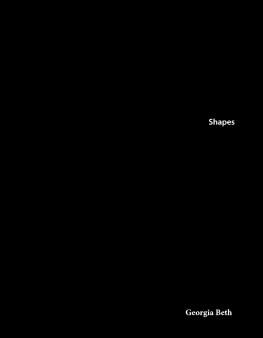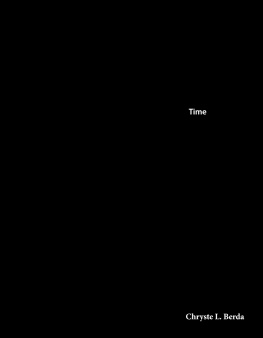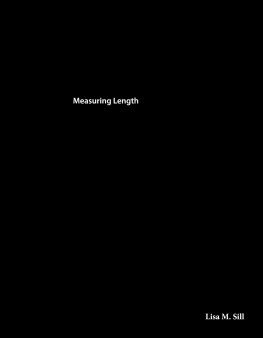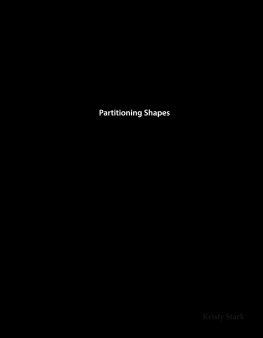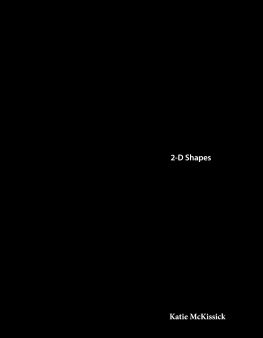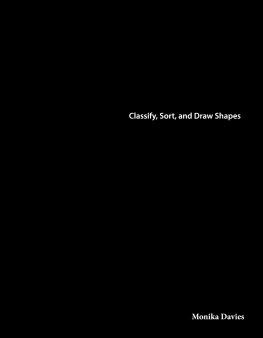0covercover.xhtmlcover1page0001page0001.xhtml22page0002page0002.xhtmlArt and Culture Patterns of the Past Partitioning Shapes33page0003page0003.xhtml44page0004page0004.xhtmlTable of Contents Clothes with Meaning 4 Silk 8 Kente 14 Batik 18 Tartan 22 Clothes with Culture 26 Problem Solving 28 Glossary 30 Index 31 Answer Key 3255page0005page0005.xhtmlClothes with Meaning Do your clothes show off your culture? Don't say no too quickly! Have you ever worn a painted shirt you made in art class? Do you like to wear clothes with the name of your favorite sports team? Do you have a school uniform? All of these outfits show your culture. They can help you show off your beliefs. This boy wears loose clothes to make skateboarding easier.66page0006page0006.xhtmlgirl in Western clothes boy in business clothes77page0007page0007.xhtmlThe clothes people wore long ago had meaning, too. In fact, one way to learn about the past is to look at clothing. Some clothes were only worn by kings and queens. Other clothes used patterns to mark special dates. The fabrics used can tell us more about where they came from. Clothes give glimpses into the past. And some patterns are still seen today. These women wear a pattern that is special to them.88page0008page0008.xhtmlLET'S EXPLORE MATH Before it is used to make clothes, fabric is usually in the shape of a rectangle. Imagine that workers divide the fabric into same-sized squares that can be used to make many items of clothing. 1. Why do you think the workers make same-sized squares? 2. The workers must complete this form to describe the fabric : There are _____ rows and _____ columns. There are _____ total squares. What do you suggest they write? In the past, Chinese women wore dresses like this one to show wealth.99page0009page0009.xhtmlSilk Silk was first discovered in China. It is made by silkworms that are ready to become moths. First, a worm makes a thread. Then, it uses the thread to make a cocoon. Silkworms' cocoons are made up of almost one mile (two kilometers) of thread! This thread can be woven to make fabric. Some people say that the wife of an emperor was the first person to discover silk. One day, she was drinking tea by a tree. All of a sudden, a cocoon fell into her cup. The cocoon unwound into a long thread. The emperor's wife used the thread to form the first piece of silk. silkworm cocoon moth1010page0010page0010.xhtmlChina A woman spins silkworm cocoons into silk.1111page0011page0011.xhtmlClothes made from silk are smooth and soft. Silk costs a lot of money to make. At first, only the rulers in China could wear silk. Emperors wore robes made of silk to show their rank. They hired artists to sew designs on the robes. These designs showed important symbols of the rulers. One robe might have dragons or clouds. Another robe might have tigers or waves. A woman in China wears a red robe with dragon patterns.1212page0012page0012.xhtmlThese fabrics are made of silk. LET'S EXPLORE MATH It1313page0013page0013.xhtmlPeople from around the world learned about this new fabric from China. Many people wanted silk. So, they went to China to buy it. The route they took to get there was called the Silk Road. People in China were happy to sell silk. But they did not want people to know how to make it. They tried to keep it a secret. They even checked people to make sure they did not take silkworms with them when they left China! One day, two monks hid silkworms in their canes. After that, silk spread around the world.1414page0014page0014.xhtmlthe Silk Road Women iron a piece of silk in this painting from the 1100s.1515page0015page0015.xhtmlKente Ghana (GAW-nuh) is a country in Africa. It is the birthplace of a cloth called kente (KEN-tay). It, too, has a story about how it came to be. The story says that two brothers went on a walk. They saw a spider spinning a web. The brothers went back home. Once there, they picked the black and white fibers of a nearby raffia tree. Then, they wove the fibers into a cloth that looked like the spider web they had seen. Once they were done, they went to show it to their king. Ghana1616page0016page0016.xhtmlkente cloth from Ghana raffia tree1717page0017page0017.xhtmlThe king loved the cloth. But he wanted it to be colorful. So, people dyed the fibers. Now, kente cloth is known for its bright colors. Each color has a meaning. Yellow stands for gold and wealth. Green stands for nature. People sew kente cloth into many shapes and patterns. Each pattern tells a story. Each design has a special meaning. At first, only the king and queen could wear kente. But now, people around the world love to wear the bright patterns. Kente no longer comes from raffia trees. Instead, silk is used to make the cloth. A man in Ghana weaves threads to make kente cloth.1818page0018page0018.xhtmlA village chief and his advisors wear kente cloth in Ghana.1919page0019page0019.xhtmlBatik The island of Java is known around the world for its batik (buh-TEEK) art. Java is in Indonesia (in-doh-NEE-zhuh). The people who make batik are true artists. It takes three steps to make batik. First, artists draw on fabric with hot wax. Then, they put dye on the fabric. The parts of the fabric that are covered in wax do not absorb the dye. Lastly, they take off the wax. That is how the patterns are revealed. Three women in Java make batik cloth in the 1910s.2020page0020page0020.xhtmlA batik artist in Java draws flowers with wax. Indonesia2121page0021page0021.xhtmlBatik art used to be seen as a sign of rank. It was expensive. That meant that many people liked it but could not afford it. As time went on, new artists learned the art form. They were praised for their skills. They also made clothes that cost less. It did not take long before batik spread to people of all ranks. Today, batik art is found around the world. But, many people still think batik from Java is the best. This woman shows a piece of batik art.2222page0022page0022.xhtmlAn artist applies wax to cloth to make a piece of batik art.2323page0023page0023.xhtmlTartan Tartan is another pattern with meaning. It comes from Scotland. Tartan is made from wool. Wool comes from sheep. First, people dye the wool. Then, they weave the dyed wool into stripes. The stripes can be different widths. To make tartan, the stripes are crisscrossed. This makes a checked pattern. Scotland2424page0024page0024.xhtmlA Scottish bagpiper wears red tartan cloth.2525page0025page0025.xhtmlScottish people wear tartan cloth in a print from the 1860s.2626page0026page0026.xhtmlTartan patterns do not all look the same. Each clan has its own tartan. Each color has its own meaning, too. Hunters might wear dark tartans. Dark colors help them blend in with nature. Light-colored tartans are worn on special days, such as weddings. For many years, people could not wear tartans. They were banned. But today, many people wear them. LET'S EXPLORE MATH The tartan pattern is often seen on Scottish kilts. Kilts began as wool blankets that people wrapped around themselves. You may recognize the Scottish name for these wool blankets : plaid. Draw a rectangle similar to this one to create the stripes of a tartan pattern. When you are finished, the tartan's stripes must create same-sized squares arranged in 5 rows and 4 columns. What is the total number of squares?2727page0027page0027.xhtmlClothes with Culture Silk, kente, batik, and tartan tell stories about some of the world's cultures. They also have a long history. Now, you can look at clothes in a new way! And you can choose to wear clothes that tell your own story. Today, fabrics and patterns are found in many places. Some of them are still made by hand. But, machines make most clothing. This helps them cost less. That way, more people can enjoy them. A mother and daughter wear matching kente dresses.2828page0028page0028.xhtmlA Chinese woman wears a red silk dress.2929page0029page0029.xhtmlProblem Solving People have been making patchwork quilts for hundreds of years. It is still a common art form. Many patchwork quilts use fabric squares arranged in rows and columns. Create three different patchwork quilts that each use 24 same-sized fabric squares. Each quilt must be in the shape of a rectangle. Build your designs with square tiles, and then draw them on graph paper. Answer the questions to describe your quilts. 1. How many rows and columns are in each of your quilts? 2. How did you check to make sure that each quilt uses 24 squares?3030page0030page0030.xhtml3131page0031page0031.xhtmlGlossary absorb take in banned not allowed clan a large group of people who are related to one another cocoon a covering, usually made of silk, which some insects make to protect themselves culture the beliefs and ways of a group of people dyed used substances to change the color of something fibers thin threads used to make cloth praised had good things said or written about them rank position in a society or group route the path a person uses to get from one place to another unwound loosened or uncoiled so that it became straight woven crossed over and under to make a material3232page0032page0032.xhtmlIndex Africa batik China emperor Ghana Indonesia Java kente kilts patchwork Scotland silk Silk Road tartan3333page0033page0033.xhtmlAnswer Key Let's Explore Math page 7 : 1. Answers will vary but may include that rectangles can be divided into same-sized squares using rows and columns. This way, each item of clothing will have the same amount of fabric. 2. There are 4 rows and 3 columns. There are 12 total squares. page 11 : 1. 2 rows; 7 columns 2. 14 squares; Equations will vary but may include 7 + 7 = 14, or 2 + 2 + 2 + 2 + 2 + 2 + 2 = 14. page 25 : 20 squares; Drawings will vary but should include 5 rows and 4 columns. Problem Solving 1. Answers will vary but may include : 1 row and 24 columns; 2 rows and 12 columns; 3 rows and 8 columns; 4 rows and 6 columns; 6 rows and 4 columns; 8 rows and 3 columns; 12 rows and 2 columns; or 24 rows and 1 column. 2. Answers will vary but may include repeated addition equations, skip counting, or counting.3434page0034page0034.xhtmlMath Talk 1. How are rows and columns different? 2. How can you be sure that a rectangle is partitioned into same-sized squares? 3. Brady partitions a rectangle into 3 rows and 5 columns. Leon partitions a rectangle into 5 rows and 3 columns. How is their work similar and different? 4. How can skip counting help you efficiently find the total number of squares in a rectangle? 5. Kali says all rectangles can be partitioned into smaller squares. Do you agree or disagree with her reasoning? Why? 6. How might batik artists partition shapes to make new designs?3535page0035page0035.xhtmlArt and Culture Patterns of the Past Partitioning Shapes Not all clothes are just for fashion. Some tell about art, culture, and what is important to people. Practice partitioning shapes during a tour around the world to find out how patterns from the past are still important in the present. Geometry36
Next page
